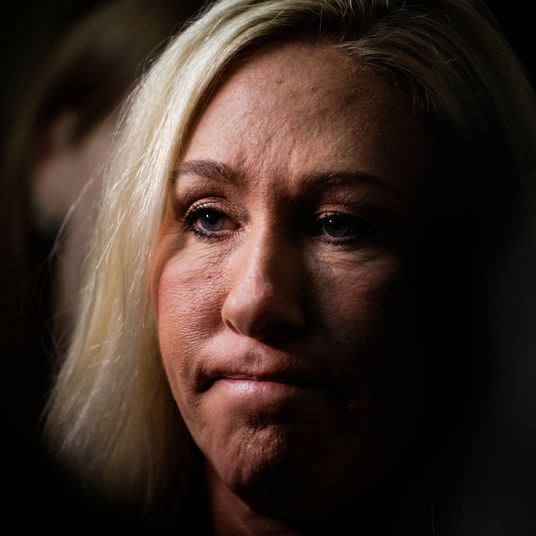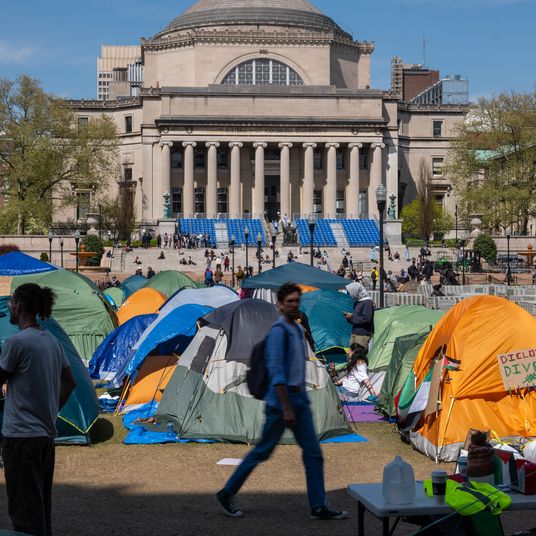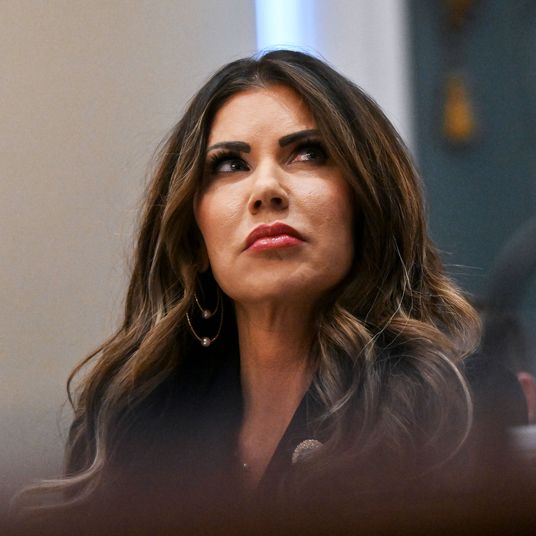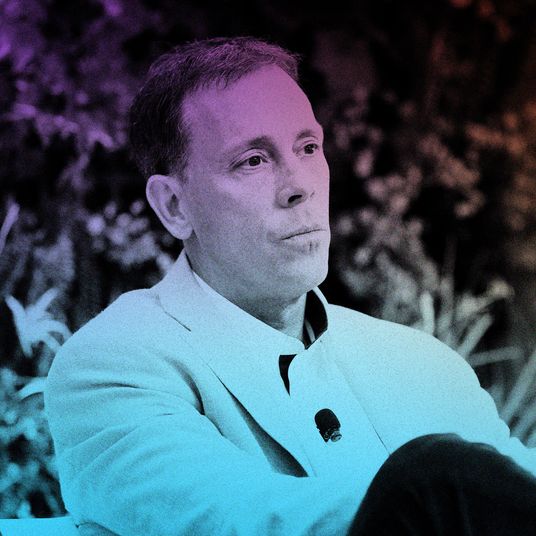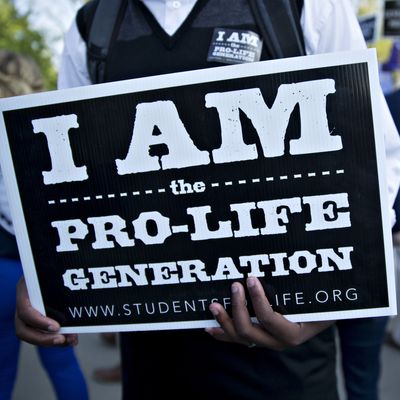
Abortion opponents say they care for women and fetuses in equal measure. That claim was hard enough to defend with Roe still on the books, but with Roe gone, it’s impossible to make at all. Bans on abortion are forcing women to stay pregnant, often with devastating results. In Texas, an abortion ban likely contributed to the untimely death of Yeniifer Alvarez-Estrada Glick. Kate Cox fled Texas to get an abortion after her pregnancy turned dangerous. Amanda Zurawski, the lead plaintiff in a lawsuit against the state’s restrictions, nearly died from sepsis after she was denied an abortion for a doomed pregnancy. Although the Texas law has a medical exemption, critics like Zurawski say that it is too narrow, as doctors fear legal consequences for performing abortions. The same criticism may apply to exceptions for rape and incest, according to a new research letter in JAMA Internal Medicine. Researchers estimate that over 64,000 women and girls in 14 states became pregnant as the result of rape after Roe.
To reach that figure, researchers “first estimated the number of rapes that occurred in the states with abortion bans, while those bans were in effect — time periods that vary state-to-state,” NPR explained. They used data from the Bureau of Justice Statistics and FBI Uniform Crime Reports “to assess the number of vaginal rapes of women, ages 15–45, that happened in those 14 states while abortion bans were in effect,” some 520,000 assaults, NPR added. Then, drawing on data from the Centers for Disease Control and Prevention, they estimated that around 12.5 percent of those rapes would result in pregnancy. Most of those pregnancies occurred in states that do not allow exceptions for rape or incest, with 45 percent taking place in Texas. The letter says that “the large number of estimated rape-related pregnancies in abortion ban states compared with the 10 or fewer legal abortions per month occurring in each of those states” may be evidence that “persons who have been raped and become pregnant cannot access legal abortions in their home state, even in states with rape exceptions.”
The numbers map out a crisis, even though they are an estimate. Not everyone who gets pregnant from rape will choose abortion, but realistically, many would if they had a free choice. Instead, abortion bans have ripped freedom away from millions. People who get pregnant are living and breathing; they are real, not potential persons. They deserve justice, which they will likely not receive in states with abortion bans. In the case of pregnancy from rape, an abortion ban becomes a tool of abuse and a crime of power to match the initial assault. Justice stays a dream.
Researchers say their figure is a projection and there are some limitations to their work. “These are hard numbers to come up with — there’s no kind of systematic collection at the level of health-care providers to be able to answer this question of what’s the pregnancy rate among people who have been victims of a completed vaginal rape,” researcher Samuel Dickman told NPR. “This is kind of the best we could do.” That may be enough for abortion opponents to dismiss their research. To do otherwise would be to reckon with serious moral and ethical questions about the consequences of their efforts — and there is no evidence they are willing to do that. The rights of women run secondary, always, to the biological needs of the fetus.
That’s great news for rapists, and for domestic abusers, too. As the 19th reported in 2023, OB/GYNs are often the first medical professionals to learn that someone is experiencing domestic violence, and abortion bans can force these doctors to leave certain states. When that happens, vulnerable people may be less likely to be screened and get help. “We’re creating conditions in this state where it’s going to be more and more difficult for someone to come forward for help,” Kelly Miller of the Idaho Coalition Against Sexual and Domestic Violence told the news outlet. An Idaho physician later explained, “We very much value privacy and the sanctity of the visit and the exam room. Most people feel safe once they’re here and the door is closed to be able to share information with us … It’s just by nature of what we do and how we’re trained. That’s our culture.” Abortion bans can cost women that lifeline.
For people experiencing domestic abuse, abortion can also be a way out. “It was just like a breath of fresh air after being strangled for so long,” one domestic-abuse survivor told the Texas Tribune in 2022. “It felt like there was light at the end of the tunnel. There was hope.” Domestic abusers often curtail a woman’s reproductive choices, the Tribune pointed out, and once she becomes pregnant, she can be at risk for additional violence and even murder. “Women who are pregnant or recently gave birth are twice as likely to die by homicide than any other cause of maternal mortality, most often at the hands of an intimate partner,” the Tribune added. A fixation on the fetus obscures the woman who carries it. Her life isn’t worthy of the same respect, and her body and mind must suffer.
That’s a rapist’s logic. Conservative lawmakers may not embrace it consciously, but they inflict violence on women all the same. As the anti-abortion movement shifts away from exceptions for rape and incest, their cruelty is ever harder to deny. So, too, is their lust for raw power: over anyone who can be or is pregnant, and over the rest of the country, too. Roe was insufficient, on its own, but it was a vital stopgap. Without it, there is suffering on a terrible scale. “I’m not surprised” by the number, one rape survivor told NPR. “If anything, I’m over here going — it’s probably higher.”












